The movement for more diversity and inclusion in fiction isn’t new, but because of current events and demands for social justice and equality, it has become more urgent. Not only are people more aware and talking about it, but new diverse books are also being published with more regularity. A significant difference between these books and older ones is that the diverse elements of newer books are often an incidental part of the characters’ stories, which is a welcome and necessary change that better reflects the world in which we live.
What is incidental diversity?
Incidental diversity is when a story’s characters are diverse without highlighting the diversity or making it central to the story. There are many areas of diversity to consider, including diversity of cultures and experiences, gender, race, ethnicity, LGBTQ+, characters who are neurodivergent or have other special needs or abilities, socioeconomic status, refugee and immigrant experiences and non-traditional family structures.
Why is it important to consider incidental diversity?
Literature is often centered around white, able-bodied and cis-gender characters. Traditionally, diverse books are often “issue books,” in which the character’s identity forms the core of the story. Books about protagonists of color might center around racism, immigration or poverty; books about disabled characters could focus on “overcoming” their disability; books about LGBTQ+ people would focus on coming out and struggling for acceptance; etc.

These types of books exist for a reason. Authors write these books to share their stories and help young people who may be struggling with the same issues. For example, many queer teenagers struggle with homophobia and families who are not supportive. Seeing their experiences reflected in a book can help them to feel less alone.
In reality, however, diverse people go about their daily lives like everyone else, without focusing on their differences. So, why can’t a character be the hero of the story without their uniqueness being the focus? Why can’t an Indigenous person be a spy and save the world? Why can’t the quirky family in the suburban neighborhood be Black? Why can’t the successful businesswoman be transgender? A character can be a spy who also happens to be Latinx, neurodiverse or a wheelchair user without the plot being all about their identity. Incidental diversity shows kids that differences aren’t issues to overcome but traits of well-rounded and realistic characters.
What does incidental diversity look like in a classroom library?
Often, books found on classroom shelves are passed along from previous teachers. The selection includes titles that are considered literary canon and mainly feature white, male authors writing about white-centered topics. Data from the University of Wisconsin-Madison School of Education Cooperative Children’s Book Center (CCBC), which has been compiling statistics on diversity in U.S. children’s books since 1985, shows that of the 3,134 children’s books they reviewed in 2018, just 23, or 1%, depicted Indigenous characters; 5% depicted Latinx characters; 7% had Asian Pacific Islander/Asian Pacific American characters; and 10% had African/African American characters.
It becomes the responsibility of each teacher to purposefully analyze their classroom library and add titles that reflect the diversity of their students and the world in which we live. Teachers have enormous influence on the texts that students read, and student choice is often influenced by the options available on the classroom bookshelves. It’s necessary to make sure that title choice includes books with diversity of race, gender, socioeconomic status, disability, culture and family composition. These books can provide a sense of belonging for all students when they see themselves in books. It can also help develop awareness, empathy and compassion for students who see people unlike themselves at the center of a story.
Mirrors & Windows
In 1990, scholar Dr. Rudine Sims Bishop wrote that books are mirrors, reflecting our own lives back at us, and that reading is therefore a means of self-affirmation. With an increasingly diverse school-age population, making school relevant to students is critical. Sims Bishop tells us that for children from marginalized groups, this “near invisibility suggests that books and literature, while often pleasurable, are in some sense apart from them.”
Mirrors: Kids See Themselves
All students deserve to see themselves in a book’s main characters. Through reading books with diversity and incidental diversity, students may be able to better understand themselves. When children read a book about a character going through the same experiences they are, it gives them the language to start a conversation and ask questions about what they do not know. This validation can help kids feel less alone and find confidence in their identities. Kids need to feel confident in who they are from the earliest stages of development, and normalizing diversity is key to that goal.
Windows: Kids Learn Empathy
Diverse and inclusive books are the easiest way to foster empathy in children. Humans are diverse beings with so many pieces that form an identity. Exploring books about people of diverse cultures and different life circumstances can help students think differently about another child in their classroom. Research shows that experiencing a new perspective can help students overcome biases or prejudices against other groups. Students who don’t have the opportunity to interact with people different from them have the chance to learn through books and understand that while we may appear to have many differences, we do have much more in common.
This is the power of books—to help children see themselves and become comfortable in their own skin as well as to help all children appreciate and celebrate their uniqueness and the differences of others. Below are some of our favorite books with incidental diversity that will transport young readers into other cultures and inspire empathy and understanding.
Incidentally Diverse Titles
Elementary School
Yasmin (series)
Confetti Kids: Dive Into Reading (series)
Saturday
Level A Little Blossom Stories (series)
Level B Little Blossom Stories (series)
My Furry Foster Family (series)
Lark Ba Detective (series)
Mia Mayhem is a Superhero (series)
Sadiq (series)
Camila The Star (series)
The Old Truck
Middle School
24 Hours In Nowhere
Lalani of the Distant Sea
Graphic Science with Max Axiom (series)
Twins
High School
To All the Boys I’ve Loved Before (series)
Dragon Hoops
The Mysterious Disappearance Of Aidan S. (As Told To His Brother)
What are some of your favorite books with incidental diversity? Tell us in the comments.


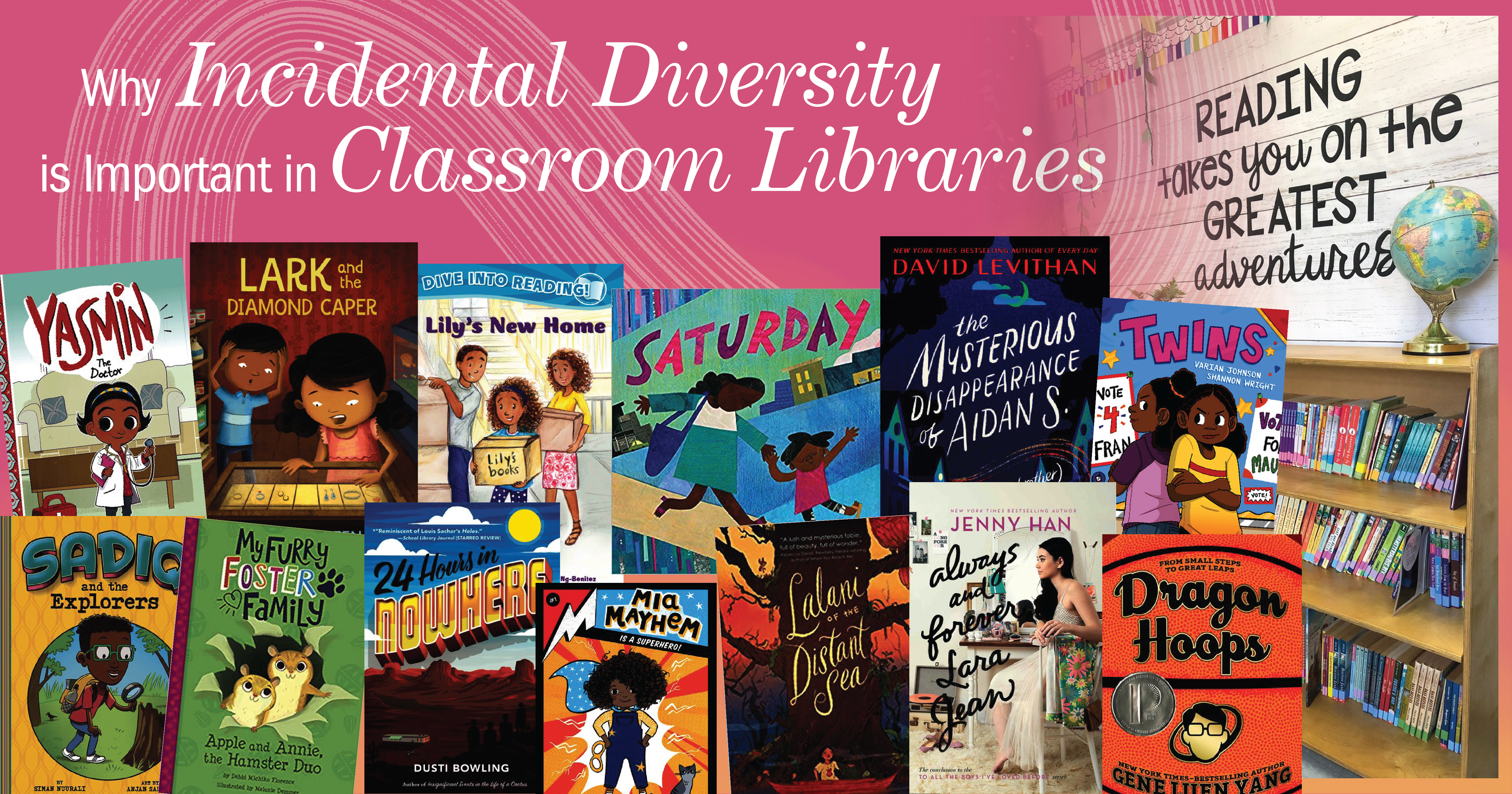
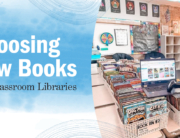
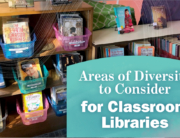

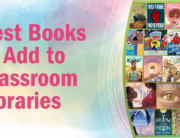
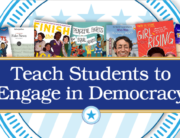
[…] adding culturally responsive titles to your shelves, you might include stories that feature incidental diversity, which is when a story’s characters are diverse without highlighting the diversity or making it […]